Below is a plot of ACF for 30 days. My problem though is, that the x axis is in seconds. Its an xts object and I guess the problem is, that its class is POSIX as discussed here: R / Time Series: What's the lag unit for autocorrelation function (acf)?
However, they didn't discuss solutions. Is there anyway to convert the scale to days, or change the xts dataset so it won't be counted in seconds? Any help is very much appreciated. Below is info and structure of the data and the ACF code.
> class(AxtsPer)
[1] "xts" "zoo"
> str(AxtsPer)
An ‘xts’ object on 2000-01-04/2020-04-30 containing:
Data: num [1:5113, 1] -8.81 1.45 -9.05 4.63 -1.77 ...
- attr(*, "dimnames")=List of 2
..$ : NULL
..$ : chr "new return"
Indexed by objects of class: [POSIXlt,POSIXt] TZ: UTC
xts Attributes:
NULL
> head(AxtsPer)
new return
2000-01-04 -8.810021
2000-01-05 1.452810
2000-01-06 -9.051401
2000-01-07 4.628075
2000-01-10 -1.774445
2000-01-11 -5.250550
acf(AxtsPer, lag.max = 30, main="Return ACF");
